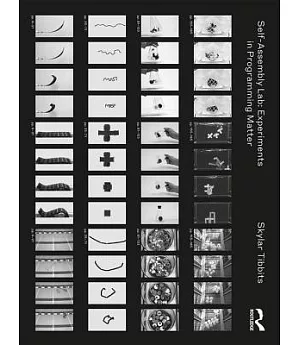What if structures could build themselves or adapt to fluctuating environments? Skylar Tibbits, Director of the Self-Assembly Lab in the Department of Architecture at MIT, Cambridge, MA, crosses the boundaries between architecture, biology, materials science and the arts, to envision a world where material components can self-assemble to provide adapting structures and optimized fabrication solutions. The book examines the three main ingredients for self-assembly, includes interviews with practitioners involved in the work and presents research projects related to these topics to provide a complete first look at exciting future technologies in construction and self-transforming material products.
-
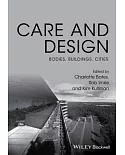
Care and Design: Bodies, Buildings, Cities
$5,175 -
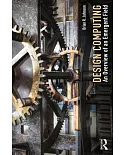
Design Computing: An Overview of an Emergent Field
$2,698 -
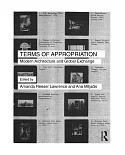
Terms of Appropriation: Essays on Architectural Influence
$2,473 -
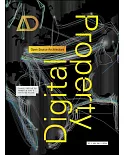
Digital Property: Open-Source Architecture: September/October 2016
$1,798 -

The Visual Biography of Color
$1,223 -
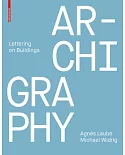
Archigraphy: Lettering on Buildings
$2,998 -

The Design Process and the Art of the Single Family
$2,098 -
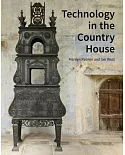
Technology in the Country House
$5,400 -
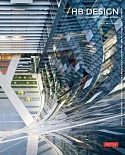
HB Design: Selected Architectural Works
$1,398 -

Architecture by Hand: Inspired by Natural and Organic Materials
$1,925 -
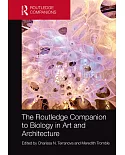
The Routledge Companion to Biology in Art and Architecture
$10,800 -
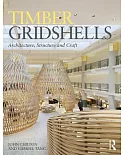
Timber Gridshells: Architecture, Structure and Craft
$2,878 -

Creative Staircases
$2,275 -

Architectural Education in 21st Century Asia: How to Learn Architecture
$4,950 -

Creating Sensory Spaces: The Architecture of the Invisible
$8,100 -
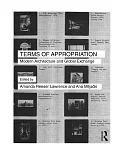
Terms of Appropriation: Essays on Architectural Influence
$8,100 -

Design for Kids / diseno para ninos / Design Pour Enfants
$1,400 -

Flux: Architecture in a Parametric Landscape
$1,750 -
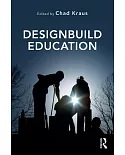
Designbuild Education
$2,698 -

Design Research Now 2
$4,050

